TExBioMed Lectures
General Topic
Description
The evolution and relevance of data science in the world today
Learn about the evolution of Data Science as a multidisciplinary approach to extracting actionable insights from the large and ever-increasing volumes of data collected and created by today’s organizations.
Scientific methodologies for Biomedical Informatics projects and the key role the data science team plays
Discover various methodologies used to prepare data for analysis and processing, perform advanced data analysis, and present the results to reveal patterns and enable stakeholders to draw informed conclusions.
Data engineering and data modeling practices
Explore ways to extract insights from data using predictive analytics and artificial intelligence (AI), including machine learning and deep learning models
Biomedical Informatics and Genomics
Explore ways to extract insights from data using predictive analytics and artificial intelligence (AI), including machine learning and deep learning models
Health and Public Health Informatics
Explore the evolution of these disciplines at the intersection of data science, health information technology, health information management, and data analytics focused on improving health and healthcare by bringing theory into practice through enabling technologies. Learn about the application of informatics in areas of public health, including surveillance, social media analytics, prevention, preparedness, and health promotion.
Statistics and Statistical Machine Learning
Develop an understanding of the concepts and methods of statistics and statistical machine learning, such as linear/logistic regression, support vector machines, random forests, etc. Learn how statistics and statistical machine learning methods are used to analyze and interpret data with R/Python.
Statistical Methods for Clinical Research using SAS
Introduce some commonly used statistical methods used in clinical research, biometrics, epidemiology, and other health-related research applications. The lectures will include examples with complete data sets, design layouts, and SAS code. The goal is to bridge the gap between the analytic approaches in statistical courses and the algorithmic nature of applying statistical software.
Data Science Industry Case Studies
Tell—and illustrate—stories that convey the meaning of results to decision-makers and stakeholders from various industries and explain how these results can be used to solve business problems.
Contact
Please contact us at TExBioMed@uta.edu

